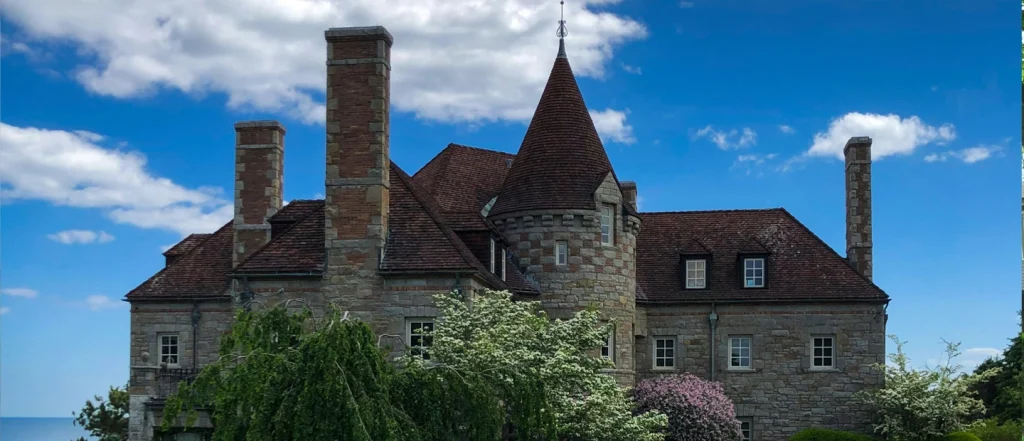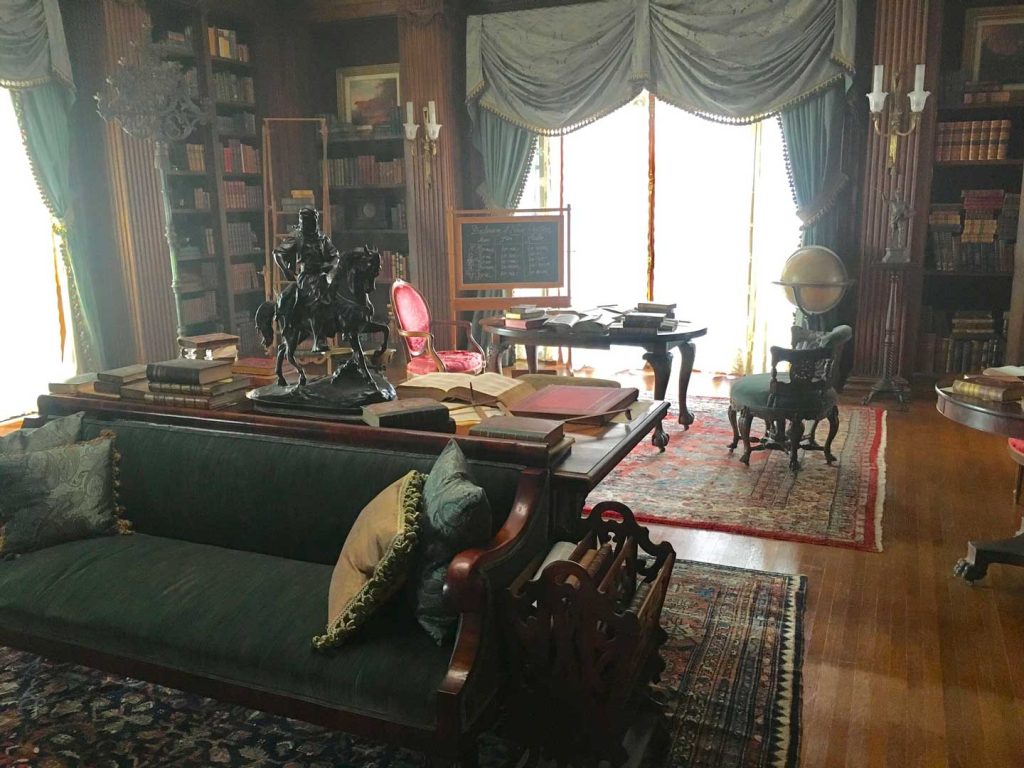Somerville City Hall
Built in 1842, this Greek Revival structure serves as the seat of municipal government and features classic granite construction with ionic columns. The building underwent significant restoration in the 1980s, preserving its original architectural integrity while modernizing civic functions. It exemplifies mid-19th century New England municipal architecture.
Phone: (617) 625-6600
Official Website

Prospect Hill Monument
This 1903 granite monument commemorates the site where the first American flag was raised by Continental forces in 1776. The 40-foot tower stands on the highest point in Somerville and represents significant Revolutionary War history. The monument was designed in the Colonial Revival style and offers panoramic views of the surrounding area.
Phone: (617) 625-6600
Parks Department

Somerville Theatre
Opened in 1914, this historic movie palace features ornate plasterwork, decorative molding, and original terrazzo floors. The Italianate facade and interior represent classic early 20th-century theater architecture with subsequent Art Deco additions. The building serves as both a cultural landmark and functioning entertainment venue requiring specialized restoration expertise.
Phone: (617) 625-5700
Official Website

Old Powder House
Built in 1704, this stone structure is one of Massachusetts’ oldest surviving public buildings and served as a colonial gunpowder magazine. The fieldstone construction with thick walls demonstrates early 18th-century military architecture and represents pre-Revolutionary War civic infrastructure. It was seized by British forces in 1774, contributing to the start of the American Revolution.
Phone: (617) 625-6600
National Park Service

Somerville Central Library
Constructed in 1914 with Carnegie Foundation funding, this Neoclassical building features Indiana limestone facade and elaborate interior woodwork. The building showcases period library architecture with high ceilings, large windows, and decorative plasterwork typical of Carnegie libraries. Recent renovations have preserved historical elements while modernizing mechanical systems.
Phone: (617) 623-5000
Official Website

Milk Row Cemetery
Established in 1804, this historic cemetery contains elaborate Victorian-era monuments and gravestones showcasing 19th-century stone carving craftsmanship. The cemetery features notable examples of funerary architecture including granite obelisks, marble angels, and ornate family mausoleums. It serves as both a historical repository and example of cemetery landscape design.
Phone: (617) 625-6600
Parks Department

Somerville High School
Built in 1895, this Richardsonian Romanesque structure features rusticated stone masonry, round arches, and a distinctive tower. The building exemplifies late 19th-century educational architecture with its massive scale and ornate detailing. It represents one of the finest examples of institutional architecture in Somerville requiring specialized historic preservation techniques.
Phone: (617) 625-6600
School District Website

Assembly Row Development
This modern mixed-use development represents contemporary urban planning and sustainable building practices on a former industrial site. The project includes LEED-certified buildings, green roofing systems, and innovative stormwater management infrastructure. It demonstrates current approaches to transit-oriented development and environmental remediation techniques.
Phone: (617) 628-2800
Official Website

Somerville Museum
Housed in an 1875 Victorian mansion, this local history museum preserves Somerville’s civic and cultural heritage through artifacts and exhibits. The building itself demonstrates Second Empire architecture with mansard roof, bay windows, and ornate trim work. It serves as both a repository of local history and an example of residential architecture from the post-Civil War era.
Phone: (617) 666-9810
Official Website

Tufts University Campus
Founded in 1852, the Medford/Somerville campus features a mix of 19th and 20th-century academic buildings representing various architectural periods. Notable structures include Ballou Hall (1854) in Greek Revival style and the Aidekman Arts Center showcasing contemporary institutional design. The campus demonstrates evolution of educational architecture and ongoing preservation challenges.
Phone: (617) 627-3000
Official Website

Union Square Historic District
This commercial district showcases late 19th and early 20th-century commercial architecture with brick facades, cast iron storefronts, and decorative cornices. The area represents typical New England mill town commercial development with buildings constructed between 1870-1920. Many structures require specialized restoration of masonry, metalwork, and historic storefronts.
Phone: (617) 625-6600
City Planning Department

Davis Square Historic Building
The anchor building of Davis Square demonstrates early 20th-century commercial architecture with its pressed brick facade and terra cotta detailing. This structure exemplifies the commercial development that accompanied streetcar suburbanization in the 1900s-1920s. The building requires ongoing maintenance of its decorative elements and historic storefront configurations.
Phone: (617) 625-6600
City Planning Department

Somerville Armory
Built in 1903, this fortress-like structure represents early 20th-century military architecture with its castellated design and massive stone construction. The building features rusticated granite blocks, round towers, and medieval revival elements typical of National Guard armories. It demonstrates specialized masonry techniques and serves as an example of institutional architecture requiring preservation expertise.
Phone: (617) 625-6600
City Information

Clarendon Hill Towers
These modernist residential towers from the 1960s represent post-war public housing architecture and urban renewal efforts. The concrete construction and geometric design demonstrate mid-century architectural approaches to high-density housing. The buildings present ongoing challenges related to concrete restoration and mechanical system updates typical of this era.
Phone: (617) 625-6600
Housing Authority

Elm Street Fire Station
This 1920s fire station showcases Mission Revival architecture with its stucco facade, red tile roof, and arched apparatus bay doors. The building represents municipal architecture from the automobile era when fire departments transitioned from horse-drawn to motorized equipment. It demonstrates specialized requirements for emergency service buildings and period restoration techniques.
Phone: (617) 625-1234
Fire Department

Somerville Community Path
This rail-trail conversion demonstrates modern infrastructure adaptation and sustainable transportation planning. The path utilizes former railroad right-of-way and incorporates contemporary engineering solutions for grade separation and drainage. It represents current approaches to urban trail development and green infrastructure implementation.
Phone: (617) 625-6600
Parks Department

Nathan Tufts Park
This municipal park features a historic fieldstone retaining wall and WPA-era infrastructure from the 1930s. The park demonstrates Depression-era public works construction techniques and landscape architecture principles. The stonework and drainage systems represent craftsmanship requiring specialized restoration and maintenance approaches.
Phone: (617) 625-6600
Parks Department

Middlesex County Courthouse
Built in 1896, this Neoclassical courthouse features granite construction with ionic columns and elaborate pediment details. The building represents late 19th-century civic architecture and demonstrates the scale and grandeur expected of judicial buildings. It requires ongoing maintenance of its stone facade and historic interior finishes.
Phone: (617) 625-6600
County Information

Somerville Post Office
This 1930s Colonial Revival structure demonstrates federal building architecture from the New Deal era with its red brick construction and white trim details. The building features symmetrical facade composition and limestone accents typical of Depression-era public buildings. It represents standardized federal architecture requiring specialized restoration of masonry and historic windows.
Phone: (617) 625-2345
United States Postal Service

Highland Avenue Bridge
This early 20th-century concrete arch bridge spans the MBTA commuter rail lines and demonstrates period engineering solutions for grade separation. The reinforced concrete construction with decorative balustrades represents municipal infrastructure from the streetcar era. The structure requires ongoing maintenance of concrete surfaces and restoration of period architectural details.
Phone: (617) 625-6600
Public Works Department







